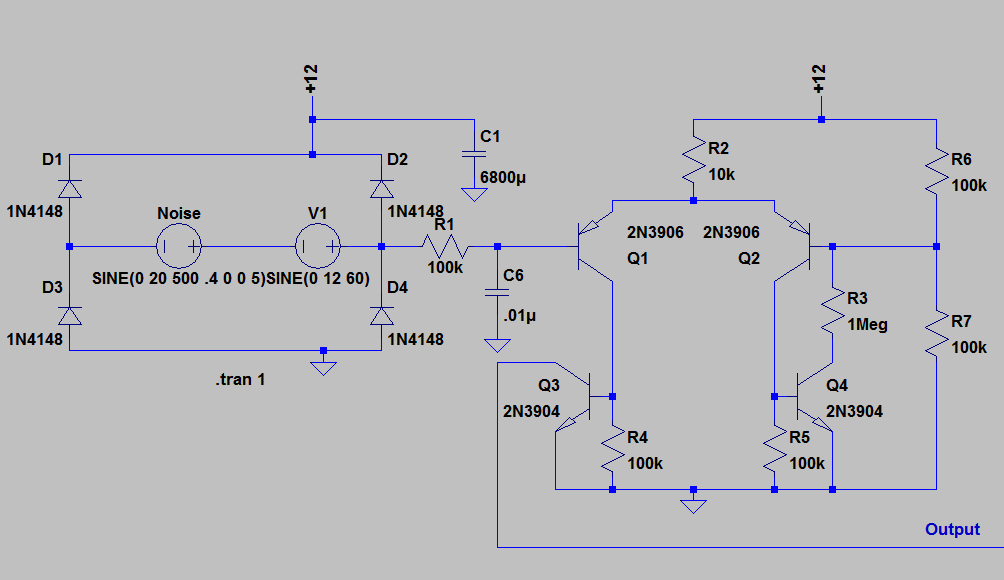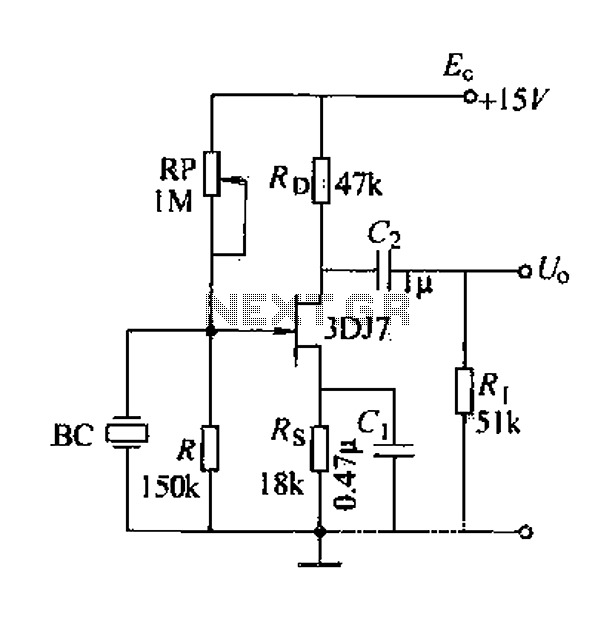
6502 fully simulated at transistor level

6502 fully simulated at the transistor level. The simulator can be run in your browser. They are also taking submissions for other ICs to model.
The 6502 microprocessor, originally designed by MOS Technology, is a popular 8-bit CPU known for its simplicity and efficiency. The transistor-level simulation of the 6502 allows for an in-depth understanding of its internal workings, providing insights into how each transistor contributes to the overall functionality of the microprocessor.
This browser-based simulator enables users to interactively explore the architecture of the 6502, including its ALU (Arithmetic Logic Unit), registers, and control logic. Users can visualize the flow of signals through the transistor network, observe how logical operations are performed, and comprehend the timing of various operations.
Additionally, the platform invites contributions for modeling other integrated circuits (ICs), expanding the educational resources available for digital design and semiconductor technology. This collaborative approach fosters a community of engineers and enthusiasts who can share insights and improve the simulation environment.
Overall, the transistor-level simulation of the 6502 serves as an invaluable tool for both learning and practical applications in electronics, allowing users to deepen their understanding of microprocessor design and operation.6502 fully simulated at transistor level. The simulator can be run in your browser. They`re also taking submissions for other IC`s to model. 🔗 External reference
The 6502 microprocessor, originally designed by MOS Technology, is a popular 8-bit CPU known for its simplicity and efficiency. The transistor-level simulation of the 6502 allows for an in-depth understanding of its internal workings, providing insights into how each transistor contributes to the overall functionality of the microprocessor.
This browser-based simulator enables users to interactively explore the architecture of the 6502, including its ALU (Arithmetic Logic Unit), registers, and control logic. Users can visualize the flow of signals through the transistor network, observe how logical operations are performed, and comprehend the timing of various operations.
Additionally, the platform invites contributions for modeling other integrated circuits (ICs), expanding the educational resources available for digital design and semiconductor technology. This collaborative approach fosters a community of engineers and enthusiasts who can share insights and improve the simulation environment.
Overall, the transistor-level simulation of the 6502 serves as an invaluable tool for both learning and practical applications in electronics, allowing users to deepen their understanding of microprocessor design and operation.6502 fully simulated at transistor level. The simulator can be run in your browser. They`re also taking submissions for other IC`s to model. 🔗 External reference





